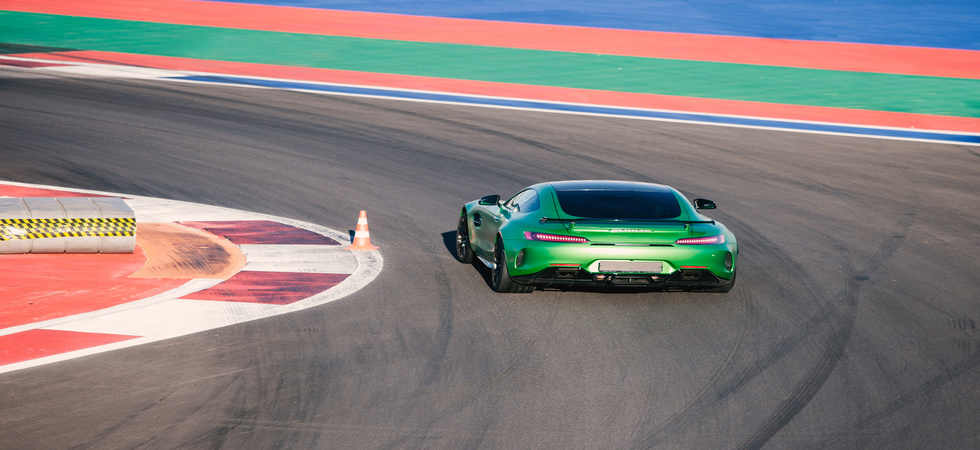What You Really Need To Build a Track-Ready Car
The thrill of the track doesn’t start when the tires hit the asphalt. It starts in the garage with late nights, busted knuckles, and carefully chosen parts. Building a car that performs well on the track requires control, reliability, and smart decisions.
We’ll break down what you really need to build a track-ready car without wasting money or time.
Start With a Solid Platform
Before considering mods, think about the base. Not every ride is cut out for track life. Look for something light and nimble. The Mazda Miata or Honda Civic are track favorites for a good reason; they’re affordable, balanced, and easy to upgrade.
You don’t need a turbocharged monster right out of the gate. Learning to drive a lower-powered car teaches better technique.
Prioritize Suspension and Brakes
Speed is useless without control. Good suspension and brakes help the car hug the road. Invest in quality coilovers, sway bars, and camber kits. For brakes, get upgraded pads, performance rotors, and stainless steel brake lines. This setup gives drivers confidence in corners and stability under pressure.
Don’t Skip Safety Gear
It’s tempting to push safety to the bottom of the list, especially if your car looks ready. But safety gear keeps you on the track. At a minimum, you’ll need a fixed-back seat, a harness, a roll bar or roll cage, and a fire suppression system. Depending on the event or track, some of these may be mandatory.
Transmission and Drivetrain Matter
More power means more stress on the drivetrain. That means upgrading the clutch, reinforcing the transmission, and possibly adding a limited-slip differential. Don’t ignore cooling for the transmission, notably if you live in a hotter climate. Also, be mindful of the pros and cons of buying transmission parts online. While deals are tempting, reliability and warranty support are everything at track speeds.
Wheels, Tires, and Grip
Tires may be the most important upgrade you make. Sticky compounds make a massive difference in how a vehicle handles. Match them with lightweight wheels to reduce unsprung weight and improve responsiveness. Also, buy the best-quality tires within your budget.
Dial in Weight Reduction
Want to go faster? Drop weight. Remove rear seats, gut the trunk, swap in lighter panels, or strip out unnecessary electronics. Don’t cut mindlessly; instead, focus on lowering weight and improving balance from the top and rear.
Don’t Forget Grit
You can buy parts. You can chase lap times. What you really need to build a track-ready car isn’t just found in a catalog. The real key to building a racing-worthy ride is grit. You’ll need patience, persistence, and the willingness to learn from every mistake.

